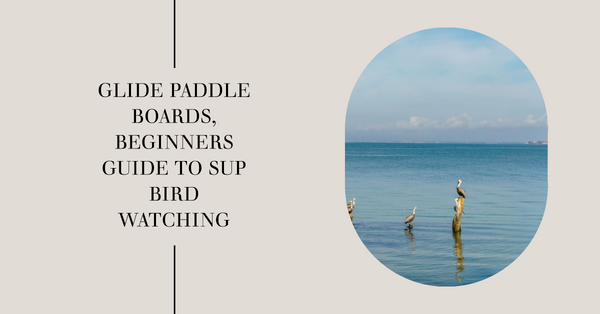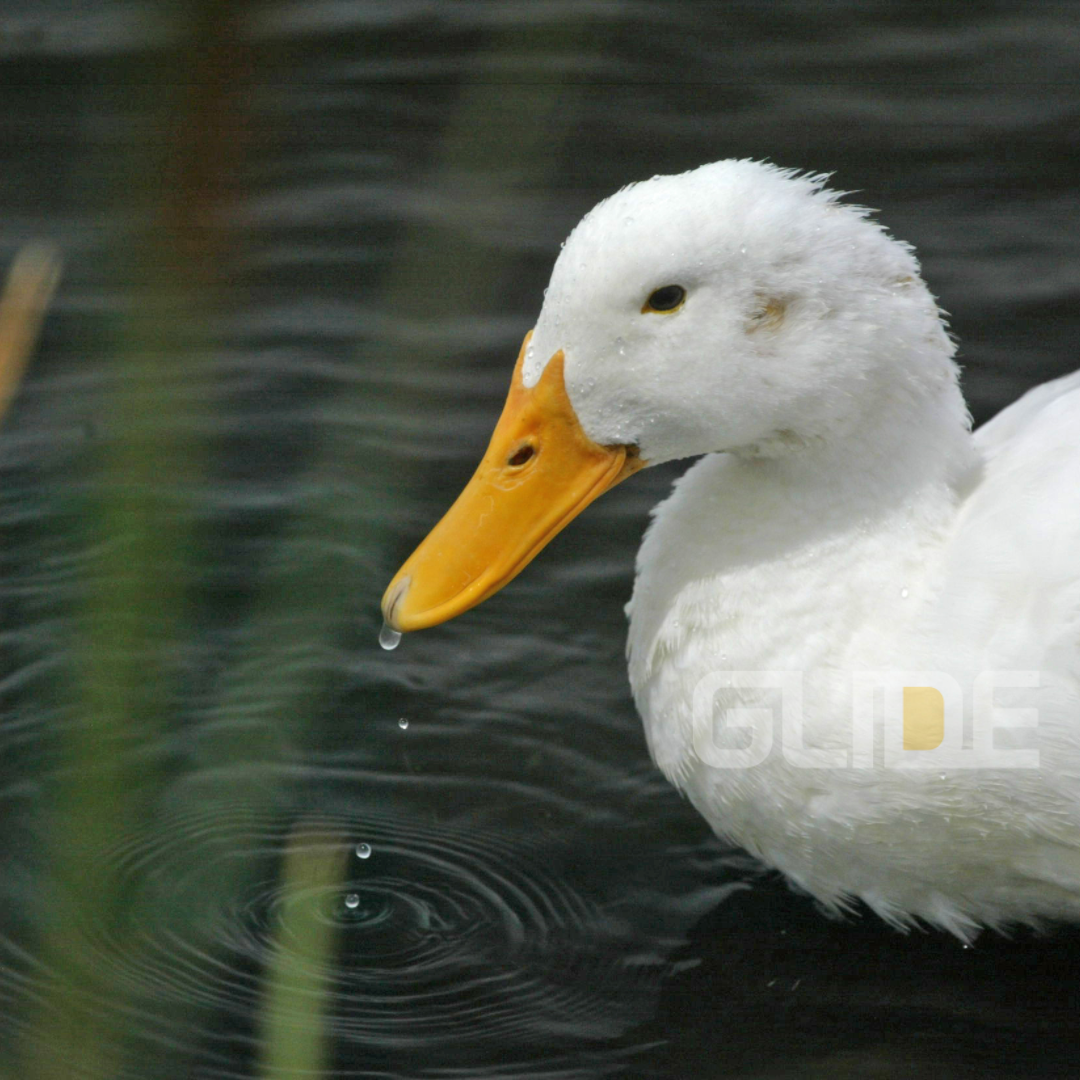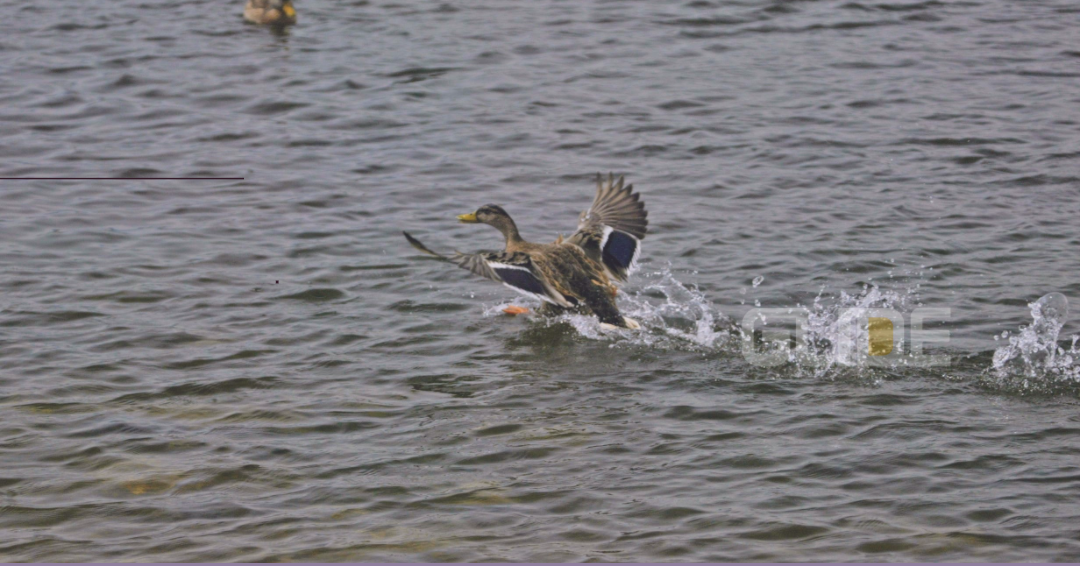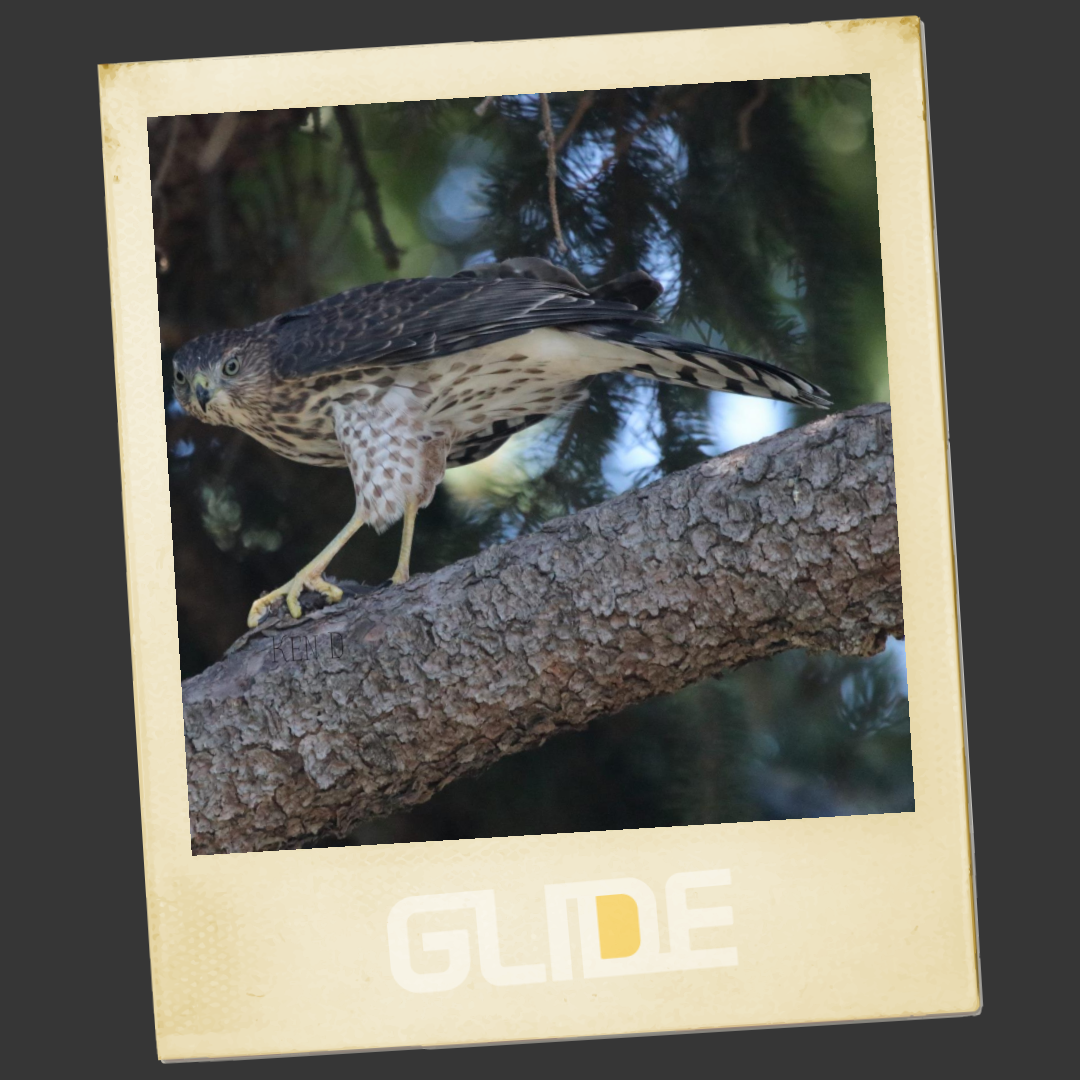
Beginner's Guide to Birdwatching While Paddleboarding
Birdwatching is a fascinating and rewarding hobby that allows enthusiasts to connect with nature while observing and appreciating the beauty of birds. Combining birdwatching with paddleboarding, a popular water sport, adds a unique and exciting element to the experience. In this beginner's guide, we will delve into the world of birdwatching while paddleboarding and provide you with expert advice on how to get started, the essential gear you'll need, and tips to enhance your birdwatching experience.
Key Highlights
-
Introduction to the Fusion of Paddleboarding and Birdwatching: An overview of how combining these activities offers a unique perspective on nature and wildlife.
-
Getting Started: Tips on basic birdwatching and paddleboarding techniques for beginners, emphasizing the importance of choosing calm, bird-rich waters for your first outing.
-
Essential Gear: Recommendations for selecting a stable paddleboard, durable binoculars with suitable specifications, and appropriate clothing for various weather conditions.
-
Safety Precautions: Guidelines on water safety, including the importance of checking weather conditions, wearing a PFD, and understanding local tides and currents.
-
Identifying Birds and Their Habitats: Insights into common bird species found near water bodies, with tips on recognizing bird behaviors and vocalizations.
-
Observing and Interacting with Birds: Advice on approaching birds without causing disturbance and adopting ethical birdwatching practices.
-
Recording and Documenting Observations: Techniques for note-taking, photography tips, and using online tools and apps like eBird to record sightings.
-
Joining Birdwatching Communities: The benefits of connecting with local birdwatching groups and participating in citizen science projects.
-
Birdwatching Etiquette and Conservation: Emphasizing the importance of respecting bird habitats and practicing responsible birdwatching.
-
List of Starter Locations: A curated list of ideal paddleboarding and birdwatching locations in each state, ensuring a comprehensive USA-wide guide
Introduction

Birdwatching while paddleboarding is a fantastic way to immerse yourself in nature and discover the diverse world of birds from a unique vantage point. As you glide along tranquil waterways, you'll get to see a variety of bird species in their natural habitats. This guide is here to help you get started with this exciting activity, covering everything from the basics of birdwatching to safety tips and bird identification.
Getting Started with Birdwatching

Before you head out on your birdwatching paddleboarding adventure, it's important to get a handle on the basics. Knowing a bit about bird behaviors, their habitats, and where to find them can make your experience much more rewarding. The best spots for birdwatching are often near water bodies like lakes, rivers, or coastal areas, which attract a wide range of bird species.
Essential Gear for Birdwatching While Paddleboarding
Having the right gear can make all the difference. Start with a stable and maneuverable paddleboard. Look at the length, width, and weight capacity to find one that suits you. A good pair of binoculars is also a must-have for getting a clear view of the birds. Make sure they have the right magnification and lens quality. Dress appropriately for the weather to stay comfortable throughout your adventure.
Safety Precautions for Birdwatching While Paddleboarding

Safety should always come first. Make sure you’re familiar with water safety guidelines and stick to them. Check the weather before you go out and avoid paddling in hazardous conditions. Always wear a personal flotation device (PFD) for safety, even if you’re a strong swimmer.
Identifying Birds and Their Habitats

One of the best parts of birdwatching is learning to identify different bird species. While you’re paddleboarding, you’ll likely see birds that live near water. Get to know their physical features, behaviors, and calls to help with identification. Understanding their preferred habitats will also increase your chances of spotting them.
Observing and Interacting with Birds
When you spot birds, it’s important to watch them without disturbing their natural behavior. Keep a respectful distance to avoid causing them stress or disrupting their activities. Learn to read their behaviors and recognize signs of discomfort or aggression. Ethical birdwatching helps protect their habitats and well-being.
Recording and Documenting Your Observations
Keeping a record of your birdwatching experiences is a great way to preserve memories and contribute to conservation efforts. Here are some tips:
- Note-taking: Describe the bird’s appearance, behavior, and any distinctive features. Use a field guide to help with identification and note the time and location of your sightings.
- Photography: A good camera, preferably waterproof, can help you capture great shots. Be patient and try different settings to get the best photos.
- Online Tools and Apps: Use platforms like eBird to record and share your sightings, and apps like Merlin Bird ID for quick identification.
- Journals: Keep a birdwatching journal with sketches, notes, and photos. Organize your entries by date, location, or species for easy reference.
Joining Birdwatching Communities and Organizations
Connecting with local birdwatching groups and organizations can enhance your experience. These communities often host trips, workshops, and events. Participating in citizen science projects can also contribute valuable data for bird conservation.
Birdwatching Etiquette and Conservation
Responsible birdwatching is crucial for conservation. Respect bird habitats and nesting areas by keeping a safe distance and avoiding disturbances. Follow local regulations and guidelines to practice responsible birdwatching. By being mindful of your actions, you help preserve bird populations and their habitats.
Conclusion

This guide aims to inspire you to combine your love for paddleboarding with birdwatching. Remember, this is just a starting point. Each state has a multitude of locations and bird species waiting to be discovered. Always respect wildlife and their habitats, and take your binoculars, bird guide, and paddleboard for an unforgettable journey. Every great adventure begins with a single paddle stroke. Enjoy your birdwatching and paddleboarding!
FAQs
- Can I go birdwatching while paddleboarding if I have no prior experience? Yes! It's beginner-friendly. Just follow safety precautions, choose calm waterways, and learn some bird identification basics.
- What should I do if I spot an injured bird? Avoid direct contact. Report the sighting to your local wildlife rescue organization or animal control.
- How can I improve my birdwatching skills? Join local birdwatching groups, attend workshops, and study field guides to expand your knowledge.
- When is the best time for birdwatching while paddleboarding? Mornings and evenings are generally good. Migratory seasons also offer opportunities to see more species.
- Can I bring my camera while birdwatching on a paddleboard? Yes, it's recommended. A waterproof camera with good zoom capabilities is ideal for capturing your sightings.

